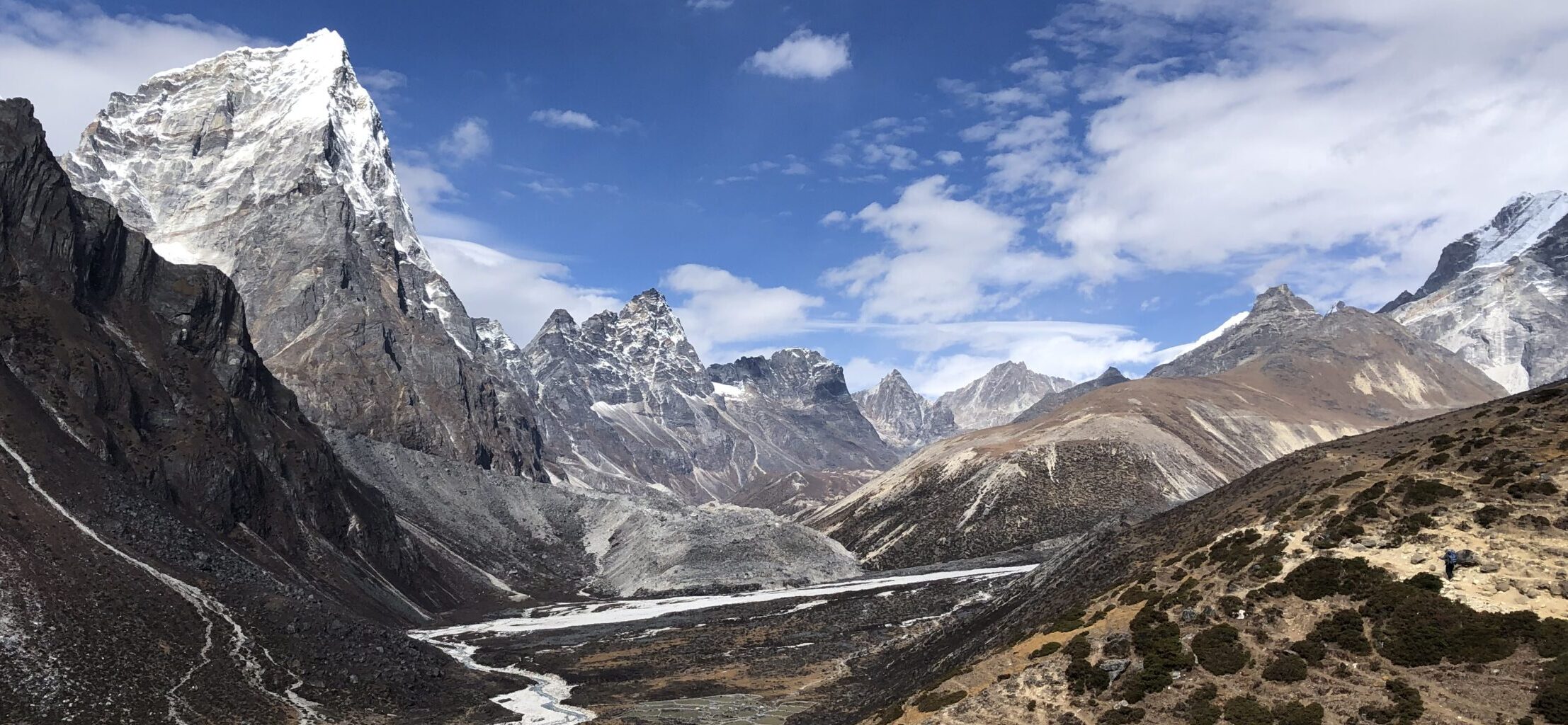Discover 7 tips to prevent blisters. Blisters are dreaded thing between hikers and runners. While there is no method that would prevent them 100%, there are few tips that can work in prevention.
Disclaimer: I’m not trained professional, I’m describing what worked for me.
1. Read a book
Book Fixing your feet by John Vonhof is amazing source when it comes to foot care and to prevent blisters. John Vonhof is not only medical professional but also ultra runner himself and he describes the best strategies, which he tested and observed during decades of running and caring for athletes. See the book on Amazon HERE
In 2019 I did Vierdaagse – an event where I walked 40km a day for 4 consecutive days. Following advise from this book I got only 1 small blister on 4th day and that was my mistake as I didn’t follow one of the tips. More about 4daagse HERE
However as it is also explained in the book, there is actually no one single “magical formula”. Your personal formula can change as there are many many factors that will impact your feet, however there are some general tips that works for most people.

2. Get the right shoes
I wrote a post about choosing the right shoes HERE
In summary I recommend light, breathable trail running shoes with wide toe box. Selecting the right size is also very important.
3. Get the right socks
I wrote a post about choosing the right socks HERE
It is not only the sock but also the application. You should take few seconds to make sure to place socks on your feet properly, make sure they are smoothed out, there is no gathered fabric anywhere or any type of dirt as this will cause hot spots or blisters. This is very important and often overlooked step.
4. No sweaty socks
Wet feet will blister so good trick is to change your socks. The frequency depends: Is your footwear breathable? Is it hot day? Are you wearing socks from sweat-wicking materials? If it is warm day, I would change socks every 2-3 hours. Even if you do not think you sweat but still doing big hike, I recommend to change socks at least once. If nothing else, changing your socks will give you new energy boost.
Even if you do not want to change socks, at least take off your shoes and socks during every break. Spread them out and let them air and dry out.
5. Use tape
This tip was massive game changer for me. It might not work for everyone, but I am suffering from hot spots at the ball of my feet causing pain, discomfort and blisters. Or some shoes might cause rubbing at certain spot and the rubbing will cause blisters. I started to use KT tape as preventive measure for hikes above 15km. Combining this method with the previous tips practically eliminated blisters for me.
Pro Tip: Some people prefer to use vaseline or other lubricant instead. Other alternative is using two layers of socks.

6. Training matters
Another point is your training. The way you train will have impact on your success. In terms of distance, the general guide is to do about 75% of the total distance you plan to do. The percentage should be lower if you plan to do long ultras.
It is better to do single hike of 35km (provided you trained up gradually to this distance) than each day cover 5km. Your feet might be perfectly capable covering 5km but they might not be strong enough to cover distance above 20km.
7. Hiking wool
Hiking wool is excellent and lightweight option not just to prevent blisters but also in their management. If you tend to blister in certain spot and dont want to use KT tape ( alternatively you can use both), you can use sheeps wool. It will create a pillow around your sensitive area and prevent blisters from creating. Also if you do get a blister and need to continue, it is great and lightweight option to manage the pain caused by blisters.
ProTip: If your blister is open, it is best to first dress and cover the blister before placing the wool to prevent infection. The wool is treated and if it is not cleaned properly, it might introduce unwanted bacteria into your wound.
